Smoke Sensor Repair Services
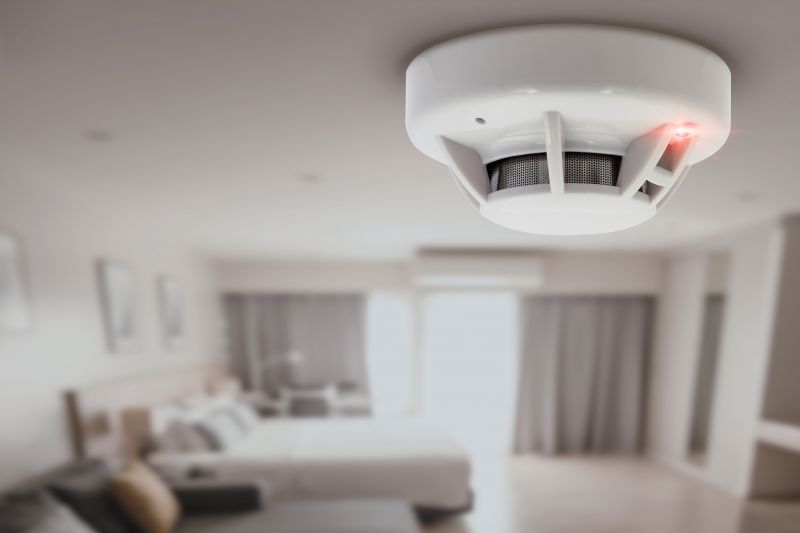
Malfunctions are common during power surges or after electrical issues, making it an ideal time for inspection.
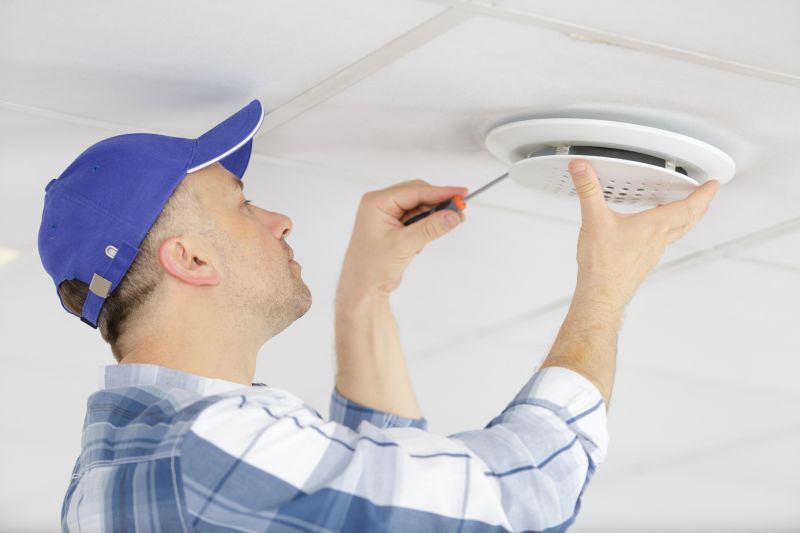
After a smoke alarm has triggered, checking and repairing sensors ensures continued reliability.
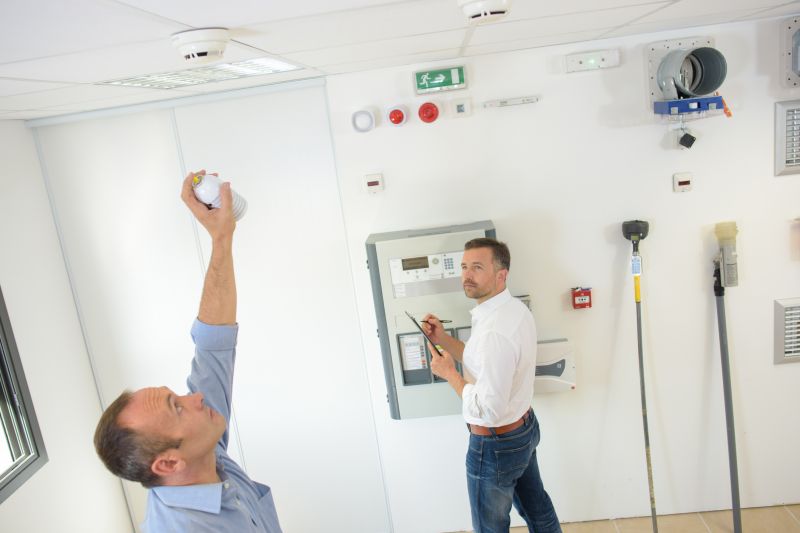
Regularly scheduled repairs prevent false alarms and maintain sensor accuracy.
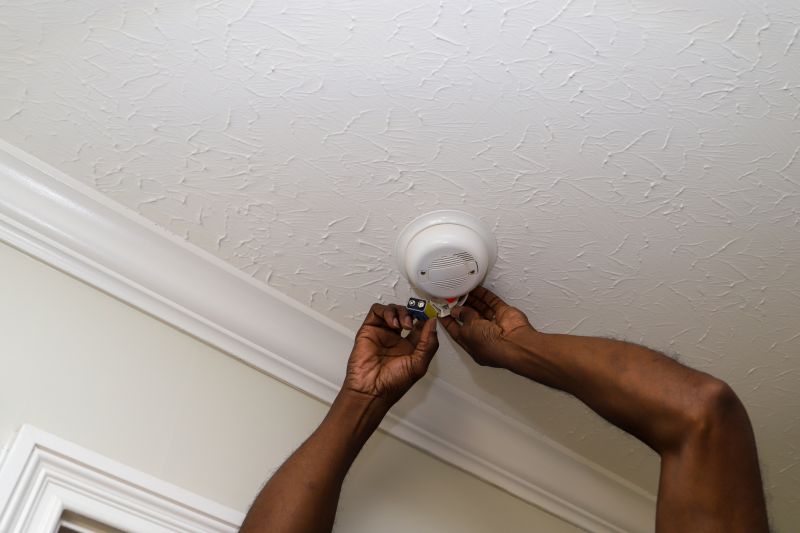
Ways to make Smoke Sensor Repairs work in tight or awkward layouts.
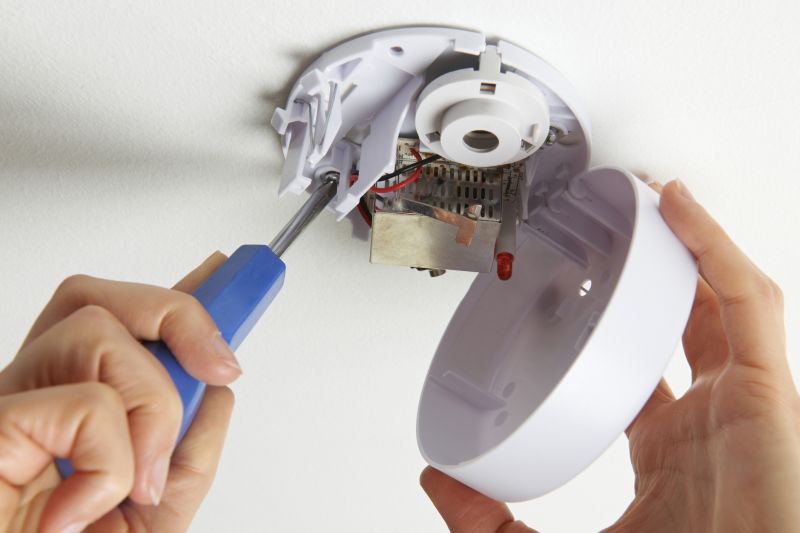
Popular materials for Smoke Sensor Repairs and why they hold up over time.

Simple add-ons that improve Smoke Sensor Repairs without blowing the budget.

High-end options that actually feel worth it for Smoke Sensor Repairs.
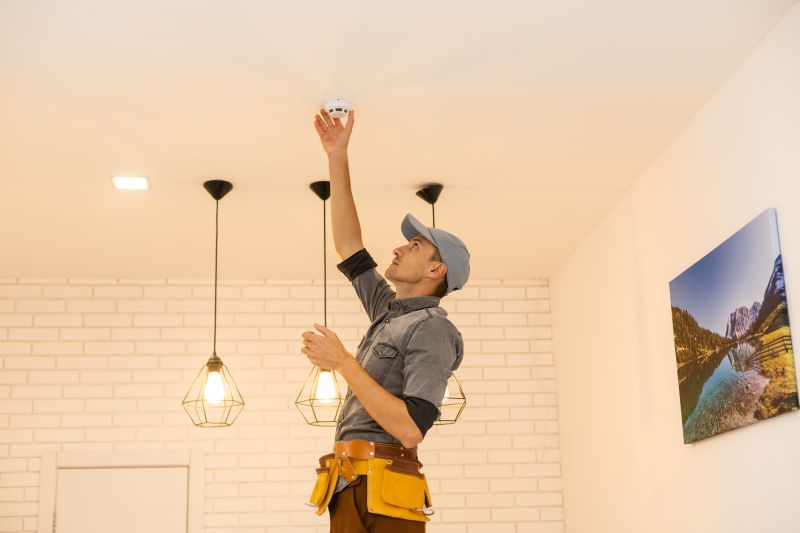
Finishes and colors that play nicely with Smoke Sensor Repairs.
Smoke sensor repairs are essential for maintaining fire safety systems. Sensors can become less sensitive over time or malfunction due to dust, debris, or electrical issues. Regular inspections and timely repairs help ensure sensors detect smoke accurately, reducing the risk of fire hazards. Statistics indicate that properly maintained smoke sensors can reduce fire-related injuries and property damage significantly.
Research shows that over 60% of fire-related fatalities occur in homes with non-functioning or absent smoke detectors. Timely repairs and maintenance are critical for ensuring safety. Sensors should be tested monthly and replaced every 8-10 years, depending on the model and manufacturer recommendations. Proper care includes cleaning sensors and replacing batteries periodically.
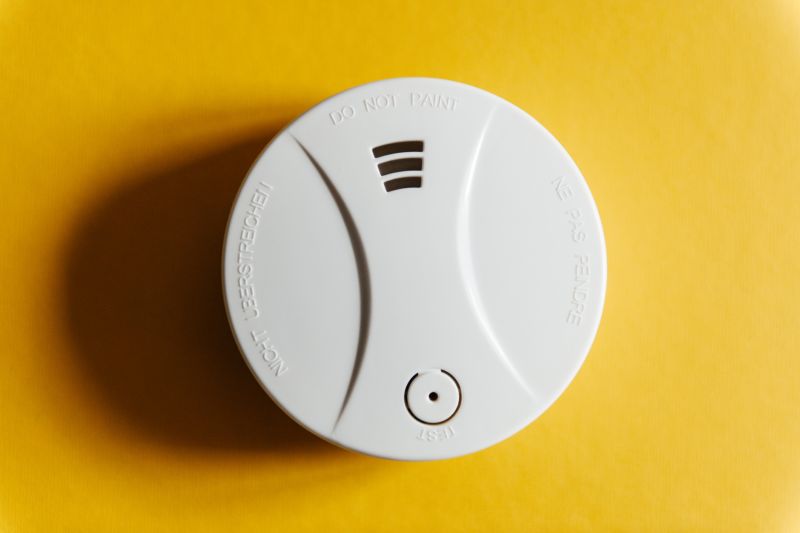
Regular testing ensures smoke sensors are operational and responsive.
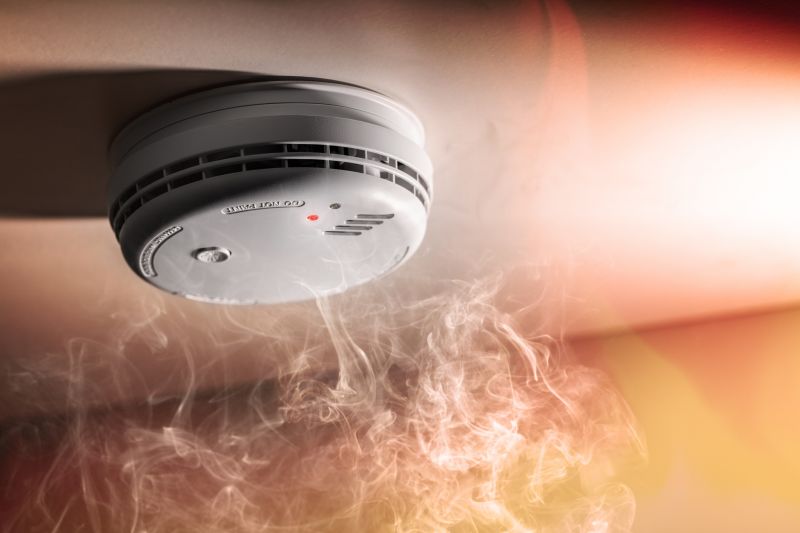
Removing dust and debris helps maintain sensor sensitivity and accuracy.
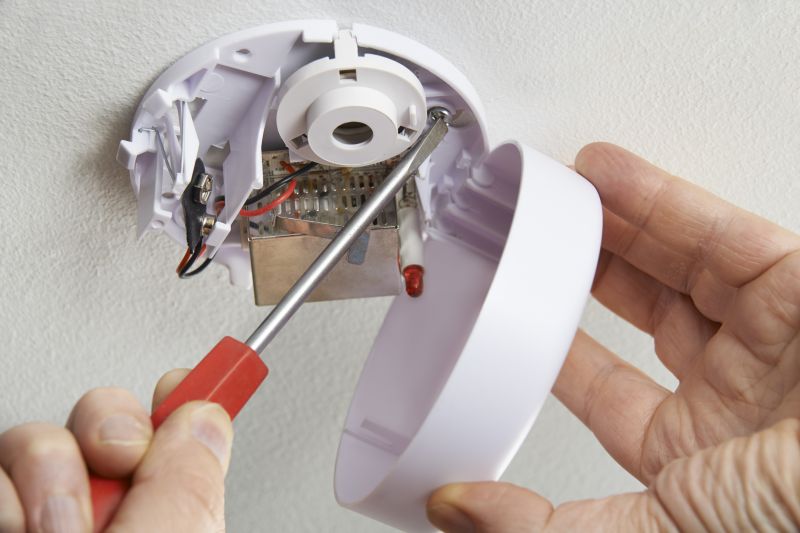
Replacing outdated or malfunctioning sensors is crucial for safety.
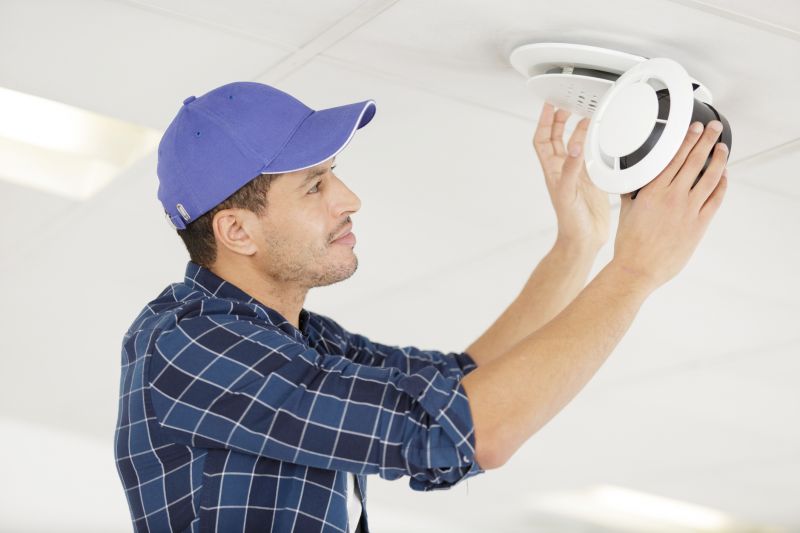
Electrical issues can impair sensor function; inspections identify these problems.
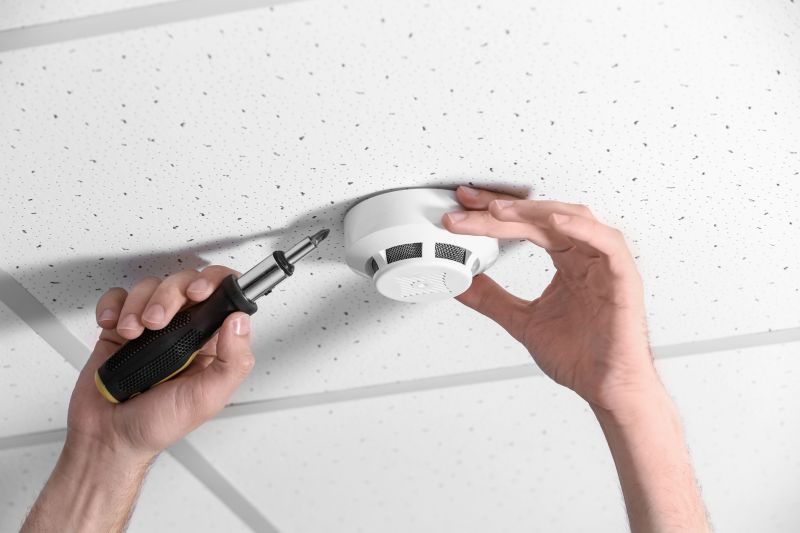
Little measurements that prevent headaches on Smoke Sensor Repairs day.
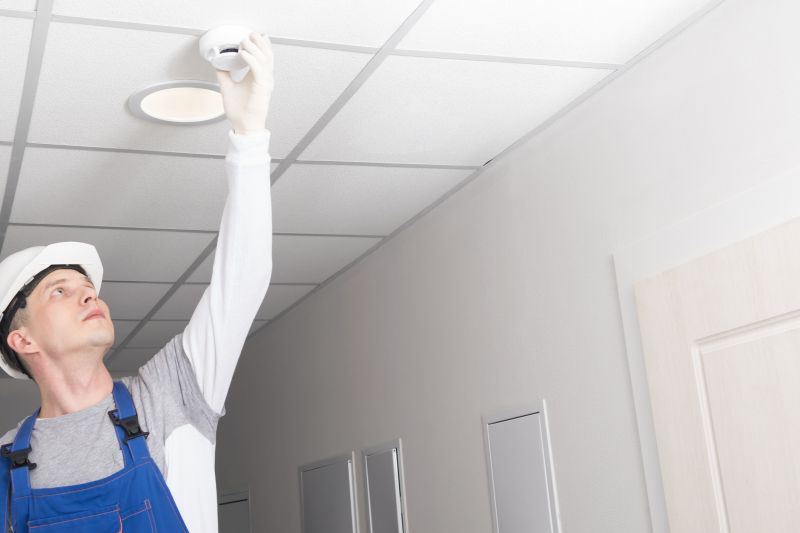
A 60-second routine that keeps Smoke Sensor Repairs looking new.
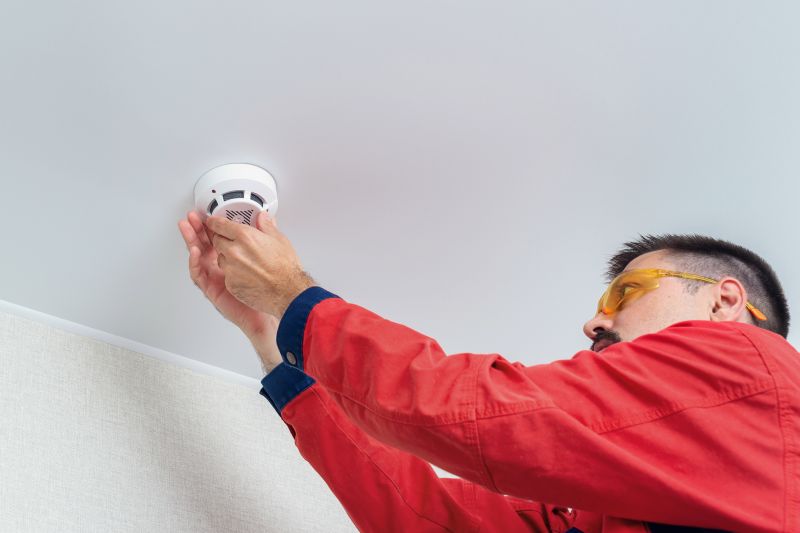
A frequent mistake in Smoke Sensor Repairs and how to dodge it.
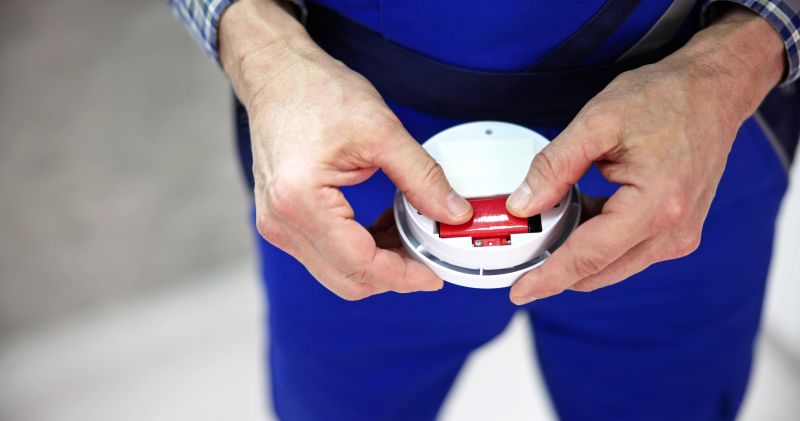
Small tweaks to make Smoke Sensor Repairs safer and easier to use.
| Repair Type | Description |
|---|---|
| Sensor Cleaning | Removing dust and debris to improve detection accuracy. |
| Battery Replacement | Ensuring sensors have power for proper operation. |
| Sensor Replacement | Installing new sensors when current ones are faulty. |
| Electrical Check | Inspecting wiring and connections for issues. |
| Calibration | Adjusting sensors for optimal performance. |
| System Testing | Verifying overall system functionality. |
| Alarm Reset | Restoring sensors after repairs or false alarms. |
| Firmware Update | Updating sensor software for improved performance. |
Frequent false alarms, non-responsive sensors, or alarms that won't reset.
Ensures reliable smoke detection, reduces false alarms, and maintains safety compliance.
While cleaning can be DIY, complex issues require professional inspection and repair.
Most sensors last 8-10 years; replacements are recommended thereafter.
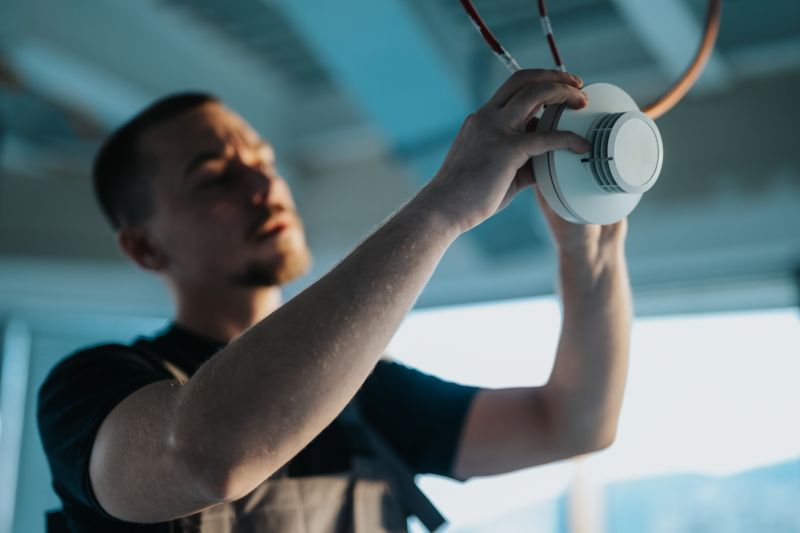
Professional inspection and repair services.
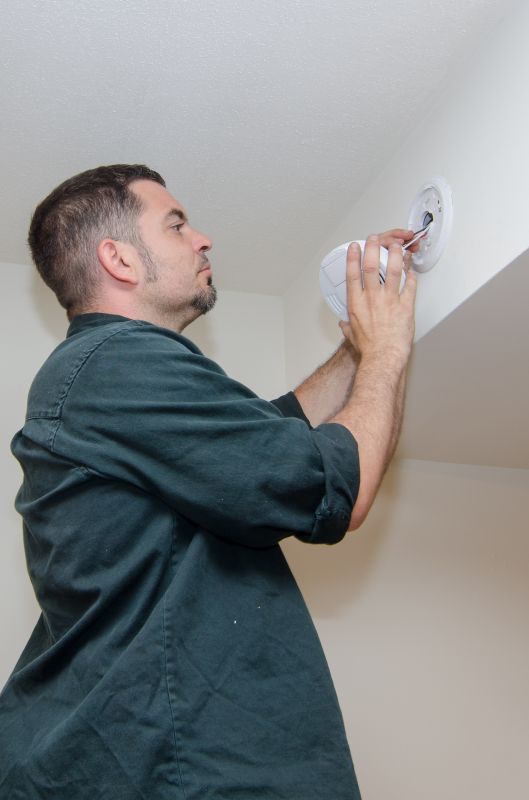
Upgrading outdated sensors to ensure optimal performance.
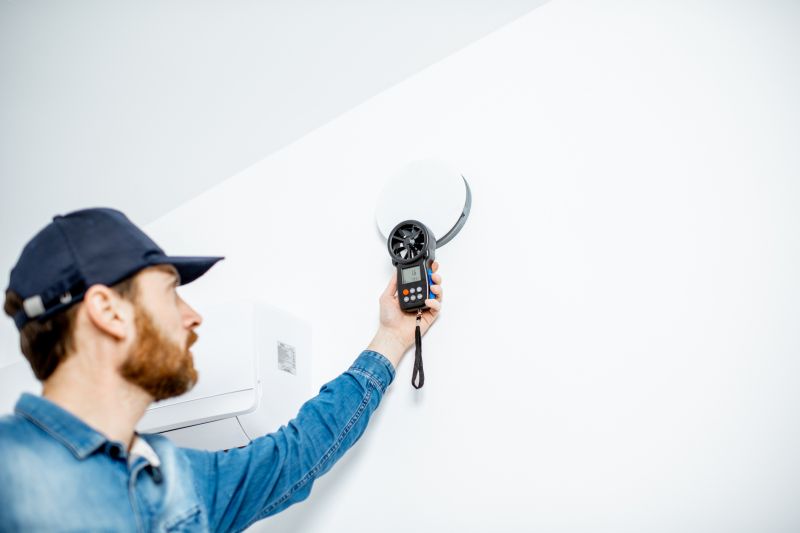
Tools used for verifying sensor functionality.
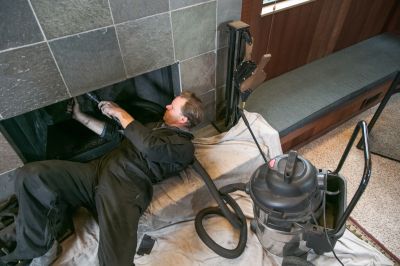
Proper cleaning tools and techniques.

Multimeters and wiring testers for electrical checks.
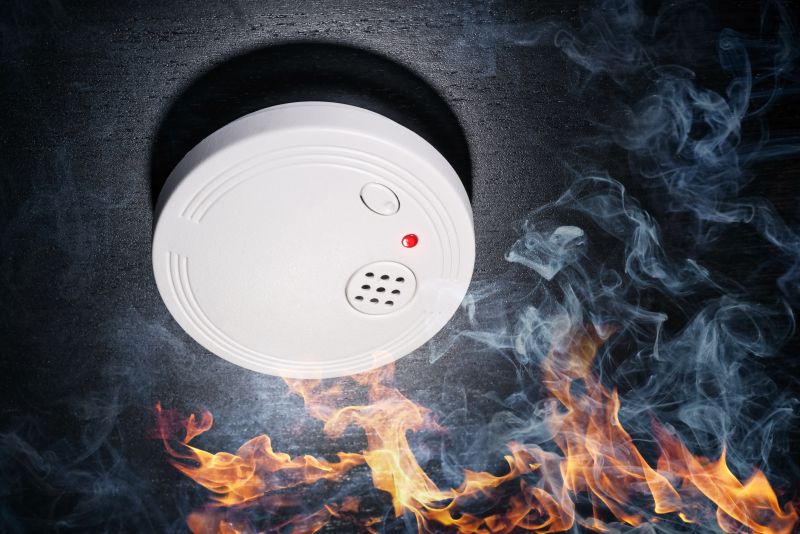
Latest technology for enhanced safety.
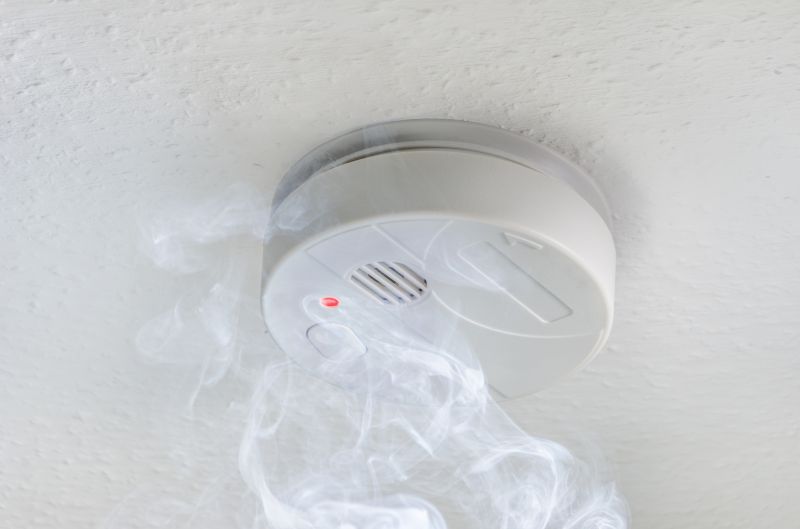
Integrated systems with sensors and alarms.
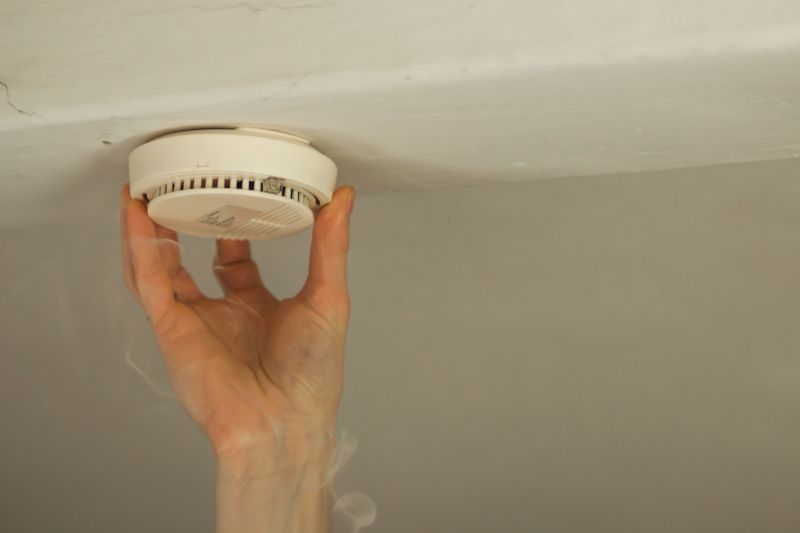
Devices for remote sensor monitoring.
Proper maintenance of smoke sensors is vital for fire safety. Regular inspections, timely repairs, and replacements help ensure sensors function correctly when needed most. Maintaining sensors not only enhances safety but also reduces false alarms and system downtime. Contact a professional to evaluate sensor condition and perform necessary repairs to uphold safety standards.
